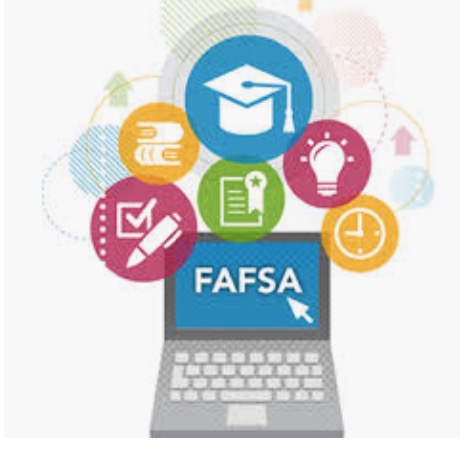Many people are intimidated by the thought of completing the FAFSA and delay getting started. That can be a costly mistake because money is often awarded on a first-come, first-served basis.
Recent efforts by the U.S. Department of Education have made completing the FAFSA faster and easier than before. After gathering your information and obtaining your PIN code, it should not take more than 90 minutes to complete.
These tips can save time and aggravation, and also help maximize student aid eligibility.
- Be sure to read the instructions carefully before completing the FAFSA. Most questions can be answered just by reading the instructions. For example, the FAFSA is written from a student’s perspective. When the FAFSA refers to “your” it is in fact referring to the student. This excellent video overview is highly informative: https://www.finaid.ucsb.edu/Media/FAFSASimplification/index.html
- Some merit scholarships, such as Florida Bright Futures, require the FAFSA even if you are not eligible for need-based aid.
- Remember that FAFSA stands for FREE Application for Federal Student Aid. Access the FAFSA at www.fafsa.ed.gov. Keep in mind that FAFSA.com is a service than helps people complete the FAFSA for a fee. There is no need to pay a fee to complete the FAFSA.
- Complete the correct FAFSA application. Select the school year for which the student is applying for financial aid. For example, if the student plans to attend college beginning in August 1, 2014, select The 2014-2015 School Year (July 1, 2014 – June 30, 2015). When applying for a summer session, check with the college to determine the appropriate application to complete.
- Apply electronically. Online submission of the FAFSA includes in-process help features, built-in edits and skip logic to prevent errors and save time. It also simplifies the renewal process.
- Complete the FAFSA as early in January as possible with estimates of your finances. There is no need to wait until you submit your taxes or receive tax-related documents. Many people do not know what you can apply for and receive your PIN prior to the FAFSA becoming available for completion on January 1st.
- Ask – don’t guess. If you have any questions about completing the FAFSA or federal student assistance programs, use the online help features or call the Federal Student Aid Information Center at 1-800-4-FED-AID.
- Gather available information in advance. For the 2014-2015 school year you will need financial information or estimates from 2013 such as:
- Your Social Security card, alien registration or permanent resident card
- Your driver’s license (if you have one)
- Your W-2 forms and other records of money earned
- Your Federal Income Tax Return
- Your Parents’ Federal Income Tax Return (if you are a dependent student)
- Bank, Brokerage and Investment Statements
- Business, Investment and Mortgage Information
- Respond to all prompts even when the answer is zero. Blank responses may render your application incomplete.
- Divorced parents should pay close attention to informational requirements. Typically the FAFSA requests income and asset information for the household (including step-parent) where the students spends the majority of his/her time.
- Understand FAFSA treatment for retirement accounts. Many people mistakenly include retirement assets as part of their net worth. On the income side many parents neglect to add back any contributions in the previous year to their income for FAFSA calculation purposes.
- Don’t overstate assets by including primary residence equity. Unlike the CSS PROFILE, another methodology for determining student aid, the FAFSA excludes primary residence home equity.
- List the colleges (and appropriate Federal Codes for each schools) to which you have applied. FAFSA information is provided to the schools on your list. You will need each college’s Federal School Code.
- Don’t assume that the FAFSA is the only student aid form you will need to complete. Check school requirements and deadlines. You may also need to complete state and institutional applications.
- Check your information carefully and save often. Computers and web servers are not 100% reliable! Neither are humans who have been known to make mistakes such as entering legal names and social security numbers incorrectly.
Written by: Lynn Radlauer Lubell, Publisher of InLikeMe.com and Founder of Admission By Design (lynn@admissionbydesign.com), an Educational Consultancy based in Boca Raton, Florida.

Lynn Radlauer Lubell, Publisher of InLikeMe.com and Founder of Admission By Design, an Educational Consultancy based in Boca Raton, Florida.



